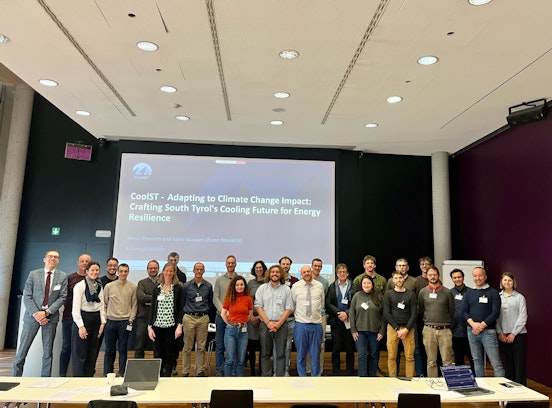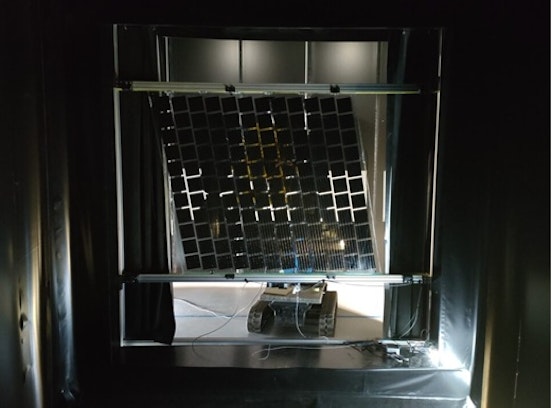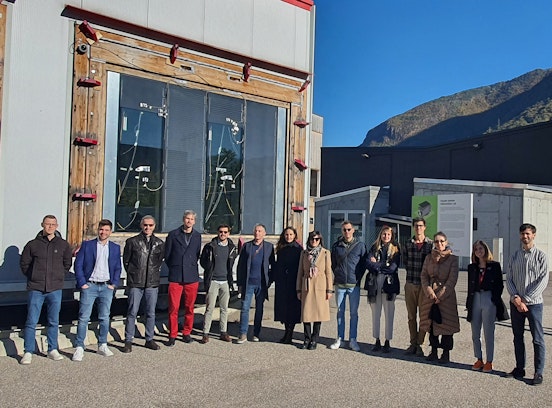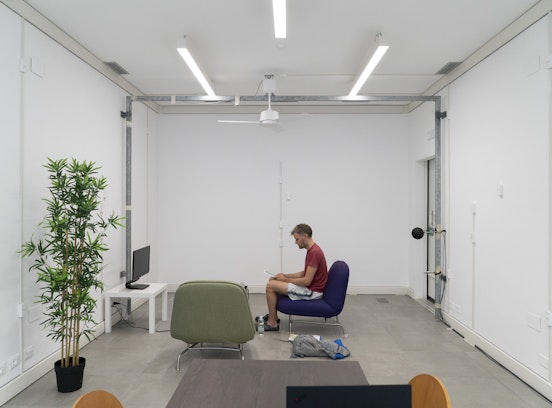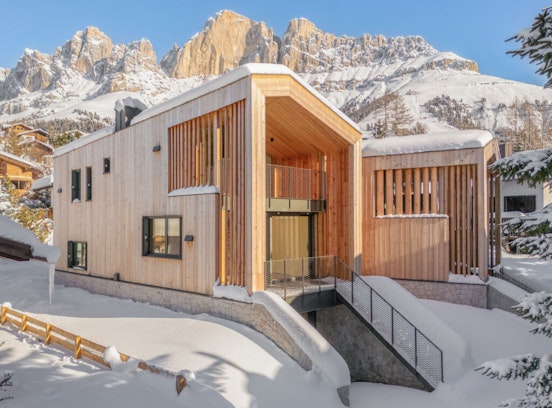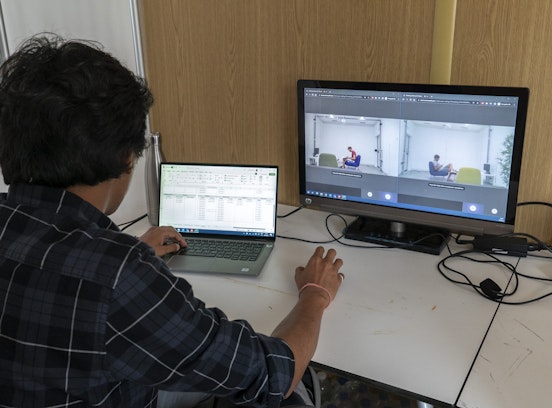Institute for Renewable Energy - Urban and regional energy systems - News & Events - Which are the social impacts generated by Visionary-Nature Based Solutions?
Which are the social impacts generated by Visionary-Nature Based Solutions?
New scientific article on the application of the Social Return on Investment (SROI) methodology to forecast the impact of visionary solutions implementation in the Italian demo case of Castelfranco Veneto.
How can the social impact of urban initiatives be valued from a monetary perspective?
A scientific article, recently published in the Journal Smart Cities investigates the Social Return on Investment (SROI) approach to estimate the impact that the VARCITIES urban public space project would have in Castelfranco Veneto, the Italian pilot city. The purpose of the study is to shed light on the changes that stakeholders experience and on which interventions generate more value, ultimately becoming a tool for future planners and decision makers.
Our researchers proposed within the VARCITIES Project the application of the Social Return on Investment (SROI) to measure monetarily the social impact generated by Visionary-Nature Based Solutions. The colleagues Elisa Vasiliu and Adriano Bisello were involved in the research study proposal, the conduction of a series of 6 workshops in the pilot demo case Castelfranco Veneto to co-define the “Theory of Change” directly with key stakeholders and quantify the expected positive or negative outcomes of the project.
"Proposing the Social Return on Investment applied to an urban public space project was a novel experiment compared to the existing case studies in literature, differentiating not only by the interventions analyzed, but especially for involving the local key stakeholders in workshop activities. The successful implementation in Castelfranco Veneto demo case inspired the other pilot cities in implementing the SROI methodology as well, proposing a new task led by the Eurac Research team.” says Elisa Vasiliu, first author of this study.
The original article can be downloaded here

